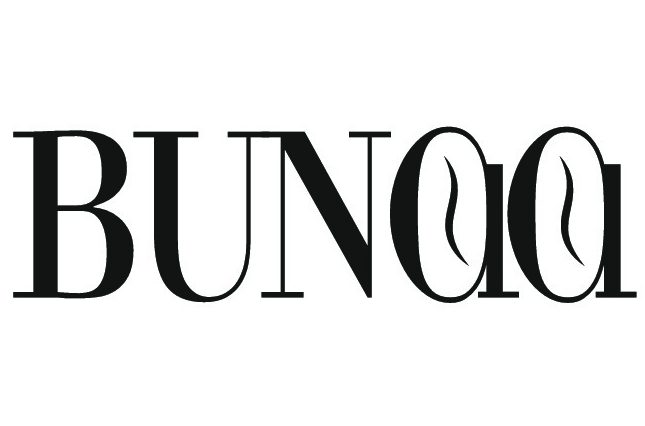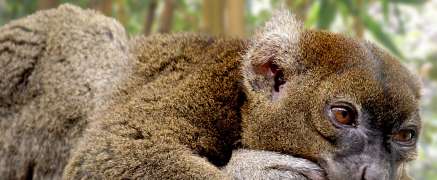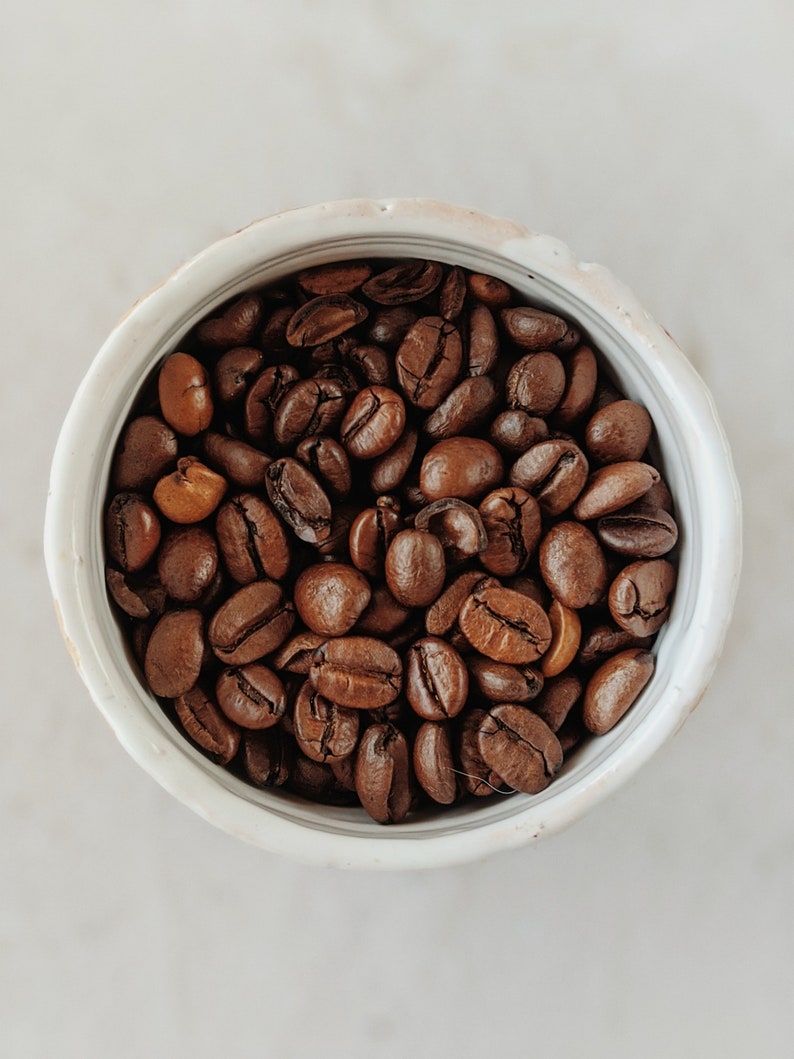2 % of the Coffee world harvest comes from Madagascar – this is rank 22 and supplies Robusta top coffee.
- Coffee in Madagascar is one of the most important export goods in the country, beside famous vanilla and pepper.
- Arabica from Ethiopia and Robusta arrived in Madagascar at the beginning of the 19th century.
- Only 2% Arabica is cultivated, but this is to be expanded.
- In addition, there are still more Liberica and more than 50 wild coffee beans, whose beans contain low caffeine and are not used commercially.
- The cultivation areas are located along the east coast: Mananjary, Tamatave, Antalaha, Nosy Be and the Sambirano area in the north-west.
Advertisment
- Arabica Coffee in Madagascar is cultivated on the high plateau Antananarivo and Lac Alaotra.
- From small farmers without artificial fertilizers the plants are cherished and cultivated, until the mature coffee cherries are harvested singly.
- The Robusta Coffee in Madagascar Kouillou is particularly balanced, very harmonious and therefore great for blends.
- Coffee in Madagascar has a distinct acidity and a light body.
- Almost de entire crop is exported, and most of it to France – correspondingly hard it is to find coffees on the German market.
Coffee in Madagascar: Traditional Preparation
- On the streets in the larger cities there are so-called “flying” coffee-makers.
- The raw beans are roasted in the pan over the open fire together with cane sugar.
- Then crushed. This gives the coffee a light taste of charcoal and becomes super aromatic.
Bat Coffee
According to farmer and agricultural entrepreneur Jacques Ramarlah, bats nibbled “the best coffee cherries” from his Bourbon Pointu coffee trees. He then collected the remaining beans. Ronald Van der Vaeken, a local Belgian hotelier, is enthusiastic about the taste: “With normal coffee you forget the taste after two minutes – but this coffee stays in your mouth for a very long time. It’s not acidic… it’s very good.”
To increase production, Ramarlah is now working with 90 producers in the region who send him their beans for “processing and marketing”.
He hopes to increase this year’s two-ton crop by an order of magnitude by 2021, allowing some of the country’s bat coffee to be exported, mostly to “demanding markets like Japan.” Currently, most coffee is bought locally by upscale restaurants and hotels. $110 a pound for bat spitting coffee.
As with the Kopi Luwak, this sounds like a marketing strategy – one can only hope that the bats don’t get caught for this coffee.
For advertising links on this page the dealer may pay a commission. These advertising links are marked with an asterisk (*) – images and banners are marked with “Ads” or “Advertisment”. There are no costs for you. Find more information in the data protection regulations here.





